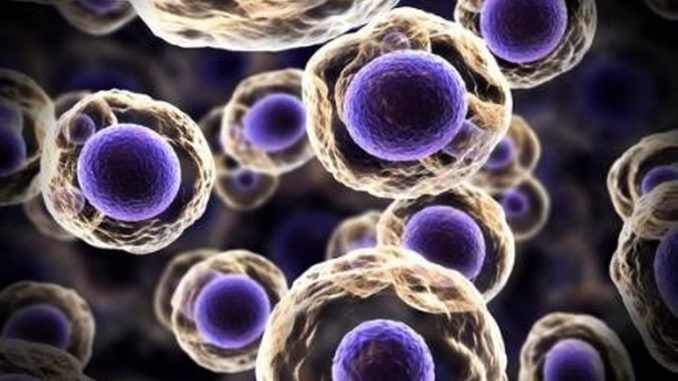Cord blood stem cells and autism
Cord blood stem cells and autism
Umbilical cord stem cells are a valuable therapeutic tool for the treatment of numerous diseases. There are many possible clinical applications, which have already proven their effectiveness, ranging from the treatment of some neoplasms to that of congenital disorders of the immune system 1 . Not Only That, However: Preclinical and Clinical Studies Are Underway to Evaluate The Effectiveness of Using These Cells in the Treatment of Autism Spectrum Disorders.
Very Heterogeneous Pathology of Neuronal Development
Autism Spectrum disorder is one Very Heterogeneous Pathology of Neuronal Development, Characterized by Social Communication Deficits, Restricted Interest and Repetitive Behavors. Multiple Approaches are combined in Order to Improve Patienti ‘Communication and Social Skills: Speech Therapy, Behavoral Therapy, and occupational. Usually, These are combined with medical therapy, which instead aims to treat expectations related to co-Morbideity, or to improve sympoms such as anxiety, aggression, hyperacityity. 2
The Causes of Autism Are Not Yet Fully Established. It is well established Genetic component in the transmission of the disease, which could depend on the mutation of one or more genes. It is estimated that 50-55% of Autism Cases Are two to genetic causes 3 . The Remainder of Cases, However, would Signore to be Related to the present of Environmental Factors That they can Activate Maternal Immune and Anti-Inflammmory Responses and Influence The Child’s Pre OR Postnatal Development. 3.4
Immune Response in The Prenatal and Postnatal Period
Some Research has highlighted How the White Matter of the Brain is particle -deceloped in Autistic Children. This incapened Could Be Due to the Immune Response in The Prenatal and Postnatal Period to maternal igg self -antiBodies. That is, it would be directly related to maintel autoimmunity problem. 3.4
It has been note that levels of plasma cytokines, proteins involved in growth, differentiation and cell death, are high in patients with autism spectrum. Interleukin-6, for Example, is a cytokine that is particularly expressed in Both Autistic individuals and their mothers. 3.4 TheHigh level of pro-INFLAMMMATORY CYTOKINES Could Result in The Behavoral Stereotypes and Difficulties with Social Interaction and Nonverbal Communication in Autistic Children.
Clinical Studies Have Shown That Stem Cells Countyed in Cord Blood Could Reduce Inflammation and alterations in Brain Connectivity That are type typoal of the brain of an autistic individual. Specifically, Infusion with autologous cord stem cells, i.and., from the patient Himself, Has Been Shown to Incasse Connectivity BETWEEN THE HIPPOCAMPUS AND THE LEFT SIDE OF THE THALAMUS, AND REDUCE ABRARMAL DEVELOPMENT OF WHITTER MATTER 2.5.7 . Infusion of Cord Stem Cells Has Restubed, in Some Cases, In Improvements in Behavior and Social Skills, Incased Communication, and Decreased Sympetoms 2.5.7 .
The Use of Stem Cells
The use of autologous cord stem cells in Autistic Patient Has Low Risk of Rejection And has been shown to be Safe 6.7 . In the U.St., a clinical trial is active at Duke University aimed at establishing the efficacy and safety of autologous cord stem transplantation for the treatment of autistic patients.
The great therapeutic potential, present and future, of cord blood stem cells should encourage parents-to-be to preserve their baby’s umbilical cord at birth.
For more information on cord preservation, visit www.source.com
If you found this article interesting share it in your network!
